Mozart: Mitridate, Re di Ponto (Daniel)
Introduction
Filmed over 2 nights in October 1993, live from the Royal Opera House.Mozart's 4th opera, written when he was just fourteen, is a huge step away from subjects and styles he had previously chosen for this type of work. Taking a libretto by Vittorio Amadeo Cigna-Santi, which was itself based on a Jean Racine play written almost exactly a century beforehand, Mozart was thrown head first into the world of Opera Seria.
The plot is based on the final days of the rule of Mitridate, who ruled Pontus (an area on the Black Sea, now part of Turkey) from 120 to 63 BC, and who had been a particularly nasty thorn in the side of the Roman Empire, liberating Greek and Asian cities from their oppression (although I'm sure he did some oppressing of his own after that). Three major wars later, and the Romans had finally begun to exert control, preventing Mitridate from taking over that part of the world completely.
And then there is his family, with two sons, one of whom believes in the Roman cause, the other, who is loyal to his father, but also falls for the woman to whom his father is supposed to be married.
This fairly complex topic, together with the pressures of writing to strict deadlines, and having to rewite stuff at a moment's notice for pushy primadonnas, would most likely have sent more mature composers off to whatever was the equivalent of 'The Priory' of the day, but whatever stress Mozxart was under, he managed to produce a highly successful opera, performed at least 21 times. It wasn't performed again until the twentieth century.
Audio
A very good DD Stereo which is as clear as you would want, and uses some excellent balance between pit and stage, bringing out any notable orchestral solos in the pit quite naturally. At times, the harpsichord (during tutti passages) only just sounds, which is aboslutely fine, but through the speakers produces an effect of a mobile going off in another room - or perhaps that was just my hearing.
Video
A full screen NTSC picture, which again is fine, although the source material sometimes shows its age, despite being only 15 years old. Dark scenes don't suffer from any blotchiness, which I was quite happy about. The vivid colours of the production are caught very well indeed.
Extras
None. We have a basic plot synopsis in the booklet, together some rather unhelpful chapter numbering, making us aware that the numbers are 'those of the composer'. Indeed they are, as I managed to grab myself a vocal score to help follow things - in the end, it didn't help that much as the libretto was only in German and Italian. The point however is that Mozart wasn't the DVD producer, and so something should have been done to clarify things, especially as this performance is full of cuts.Conclusion
Apart from the singing, which I shall get to later, the most striking aspect of this production is, well, the production itself. Paul Brown's set and costumes (no doubt aided and abetted in some way by Graham Vick himself) are quite exceptional. I was though completely at a loss as to why there seemed to be a massive Japanese (almost Samurai) influence in the costume design, with a sprinking of Russian dolls and various other nationalities I'm sure (was that a bindi on Aspasia's forehead?). Perhaps it reflected the geographical area which was contolled by Mitridate in his heyday, but with no help in any way from the booklet, or even sparse DVD extras, it will remain a mystery.
The set itself is less flashy, with some nice pieces that draw the eye, but don't detreact from the action, but again, some explanation as to what they represent would have been nice. Not everyone went to the original production and so won't have programme notes, or even if they did, it was a long time ago and the programme would have been lost - anyway, you get my point.
Another peculiarity of the production is the choreography given to various groups of soldiers. At best, this is a distraction during some of the arias, with movement being kept (mostly) out of slight when using close ups, at worst is hilarious, when they appear to break into a slow warm up to a tap dancing routine (and nothing else is happening!).
Jochen Kowalski (Farnace), plays the other son with great relish. He has great control over his powerful alto voice, and enjoys playing the treacherous son, helped by some great 'Marylin Manson' make-up and effective lighting.
Luba Orgonsaova (Aspasia) has some of the most difficult music. The arpeggios written for her in the first number, but I would argue that at the speed it is taken, would be impossible to carry off, which is why is sounds as if the passage was slightly re-written (and matched in the orchestra as well). Other writing poses no problem however, and in her duet In No.18 (which should be far more well known) hits a fantastic top C# in the cadenza.
Paul Daniel conducts with great flair, and in general, the band is with him. There are a few slips in tightness of ensemble, but this shouldn't create too much offence. Recits are moved along as swiftly as they can be (not as swiftly as I would have liked of course), and very sensitively played by Paul Wynne Griffiths and Christopher Vanderspar.
So then...a huge concept, and a long opera. Possibly not one for those uninitiated in this style of music, and almost certainly not one for first exposure to Mozart, but a great snapshot of one of the moset celebrated productions from the ROH in recent years. It's a great shame these re-releases have no extras, and so this disc will most likely be of interest to Mozart officionados only, but if you have the patience, there is some decent music here, but more importantly, fantastic singing.
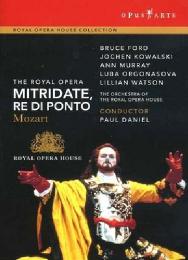
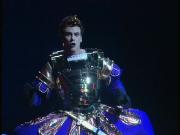

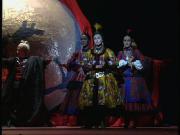


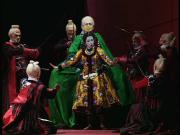

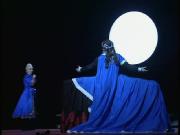
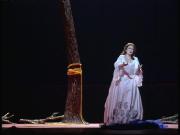
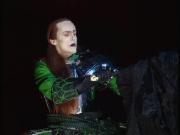












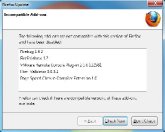
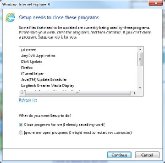













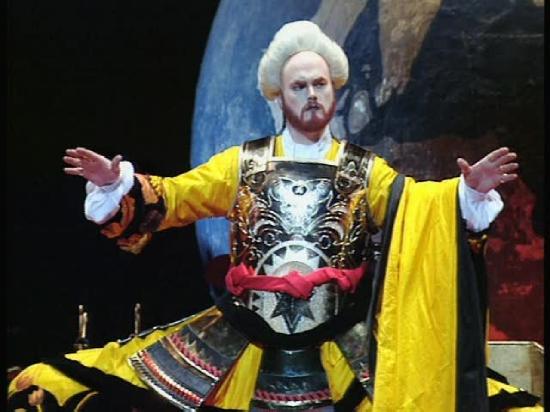


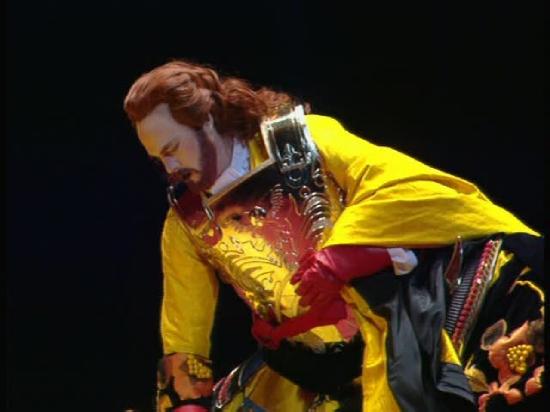
Your Opinions and Comments
Be the first to post a comment!